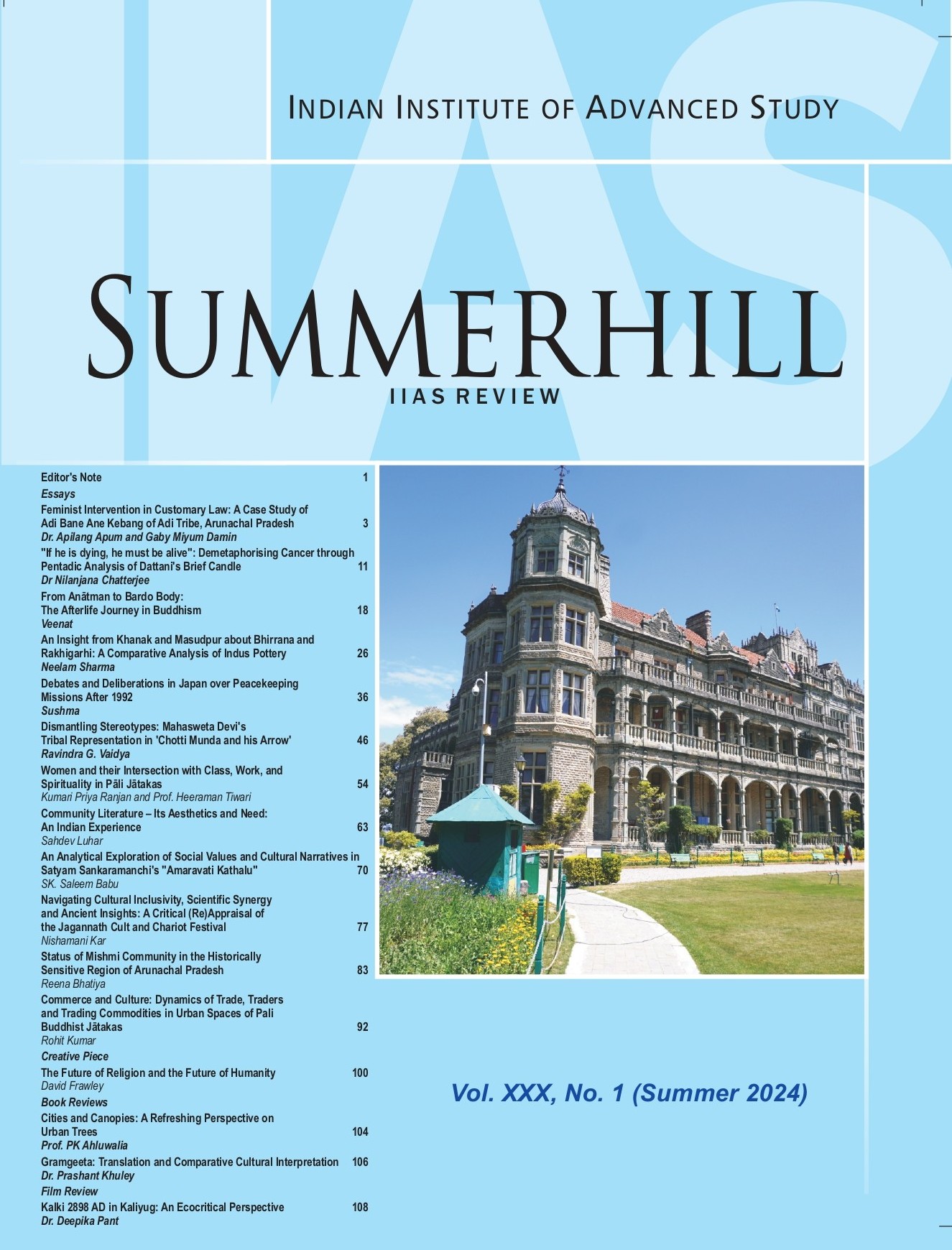From Anatman to Bardo Body
The Afterlife Journey in Buddhism
DOI:
https://doi.org/10.70752/ShIIASR.30.1.2024.18-25Keywords:
Death, Beliefs, Rituals, Afterlife, BuddhismAbstract
Since time immemorial, the institution of religion has monopolized knowledge about death, including speculations on how to address it and the fate of the deceased. Scholars have opined that death is a primary source of the origin of religion (Bowker, 1993). While death and dying are universal human experiences, societal responses to them vary. These diverse responses are largely influenced by diverse ways in which religious traditions portray death. Each religion has a ‘mortality thesis’ in which descriptions of death are so methodically inculcated that those are believed to be right by its adherents. Drawing upon the commentaries of sacred Buddhist texts, this article explores the death-related beliefs and practices prescribed in Therav?da, Mah?y?na, and Vajr?y?na Buddhism. Through an analysis of these texts, it becomes evident that Buddhism began keeping the human being’s (Gautama Buddha’s) lived experience as the central theme. Faith which started as a non-theistic way with minimal rituals and lacking a fixed God/ deity, gradually transitioned into a complex philosophy, comprising varied beliefs and practices, especially about death and the afterlife.





